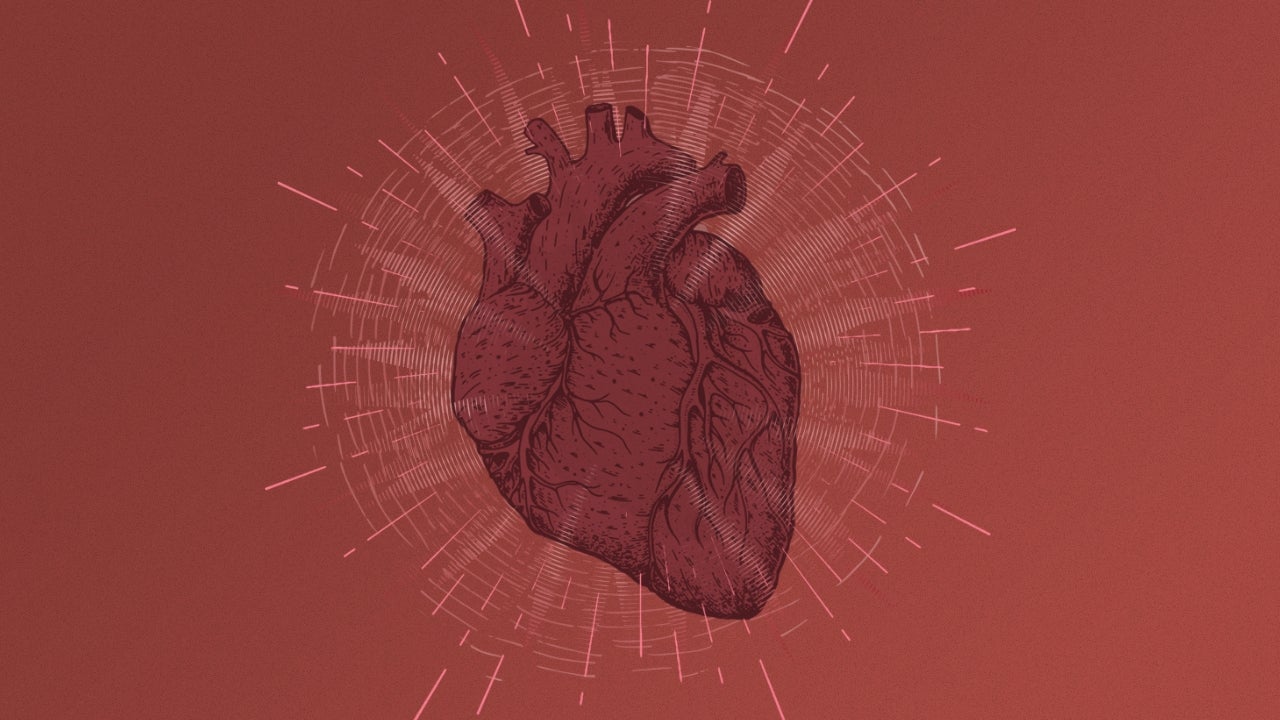Eat more beans, less white rice, to reduce diabetes risk
A new study by HSPH researchers Josiemer Mattei, Frank Hu, and Hannia Campos has found that beans are the far healthier half of the classic beans and rice dish. The researchers studied the diets of nearly 1,900 Costa Rican men and women participating in a 10-year study on heart disease risk factors. None of the participants had diabetes at the study’s beginning in 1994.
The findings appeared in the September 2011 edition of The American Journal of Clinical Nutrition. Read the abstract.
Campos and her colleagues found that people who increased daily servings of white rice over time had higher blood pressure and higher levels of sugar and harmful fats in their blood—warning signs for type 2 diabetes. Those who ate more servings of beans than rice greatly reduced their risk.
Unlike healthier brown rice, white rice is pure starch with its fiber and other nutrients stripped away, Hu said in an interview with Reuters Health. He likened the sugar-elevating effect of white rice on the body to that of a candy bar. Beans, rich in fiber and protein, produce a much lower insulin response, he said.
“It would be useful to introduce more legumes, including beans, into our diet to replace white rice and some of the red meat,” Hu told Reuters Health.
Learn more
Replacing White Rice with Brown Rice or Other Whole Grains May Reduce Diabetes Risk (HSPH release)


